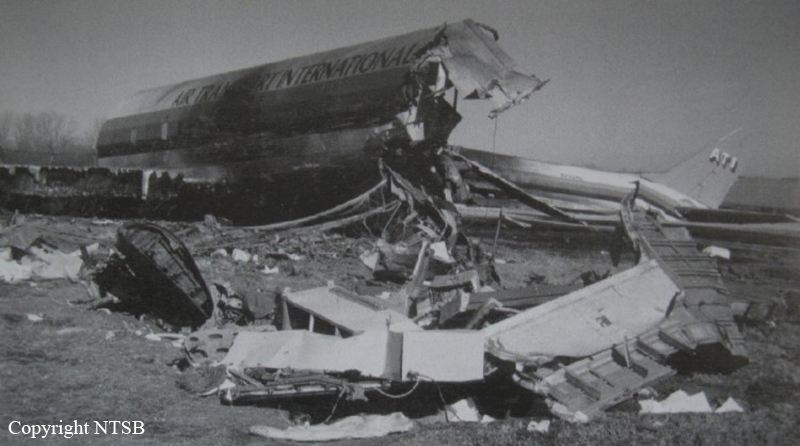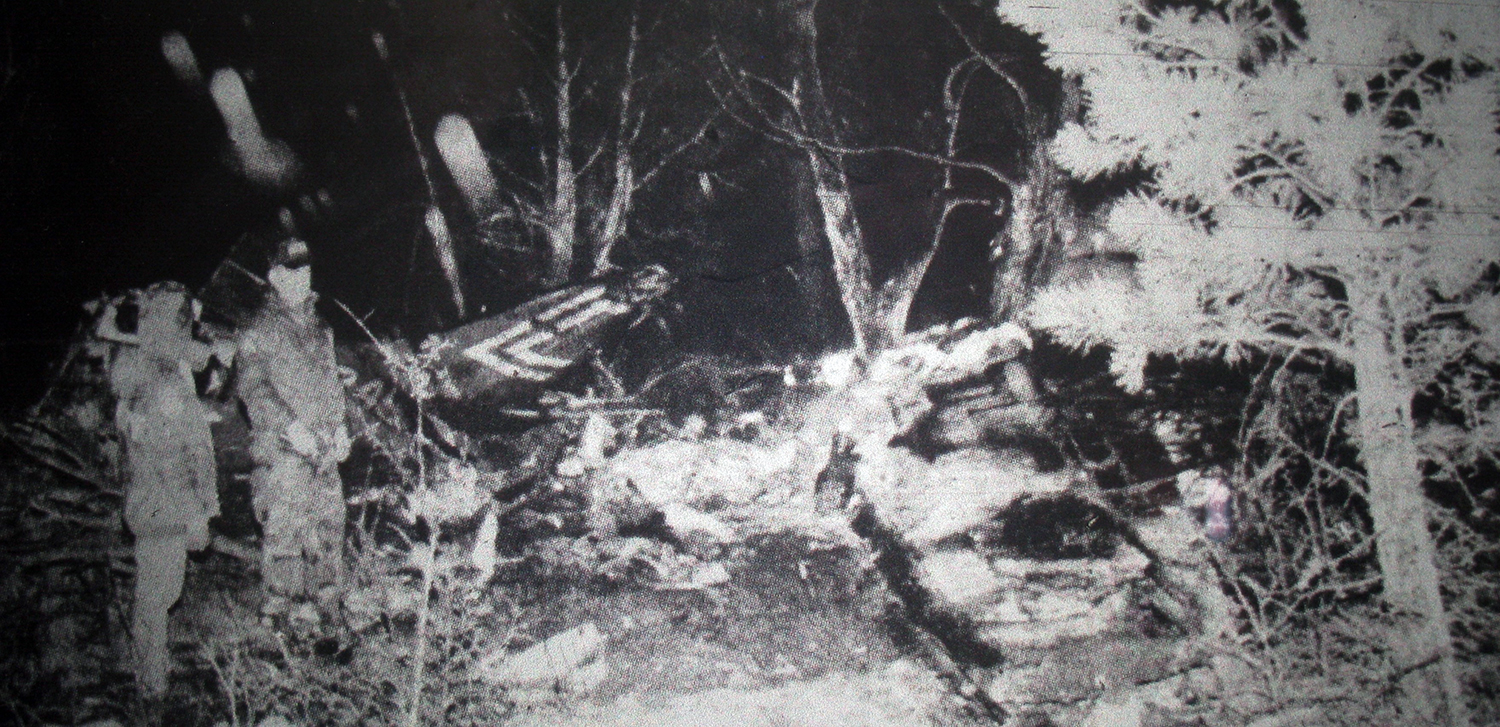Crash of a Cessna 208B Grand Caravan in Gainesville: 2 killed
Date & Time:
Mar 3, 1995 at 1943 LT
Registration:
N227DM
Survivors:
No
Schedule:
Savannah - Gainesville
MSN:
208B-0364
YOM:
1993
Crew on board:
2
Crew fatalities:
Pax on board:
0
Pax fatalities:
Other fatalities:
Total fatalities:
2
Captain / Total hours on type:
201.00
Circumstances:
The flight was executing the non-precision NDB runway 04 approach, had reported procedure turn inbound, and was cleared to change to advisory frequency. Witnesses observed the airplane descend out of the base of the overcast clouds in a 10° nose down, 45° left wing down attitude. The airplane impacted terrain about 3/4 mile south-southeast of the airport. Witnesses in the area reported that the weather was ceilings of about 100 feet and visibility of about 500 feet in light rain and fog. The minimum descent altitude for the approach is 465 feet agl. Both pilots were killed.
Probable cause:
The pilots failure to maintain the minimum descent altitude during the approach. The weather and dark night light condition were factors.
Final Report:









